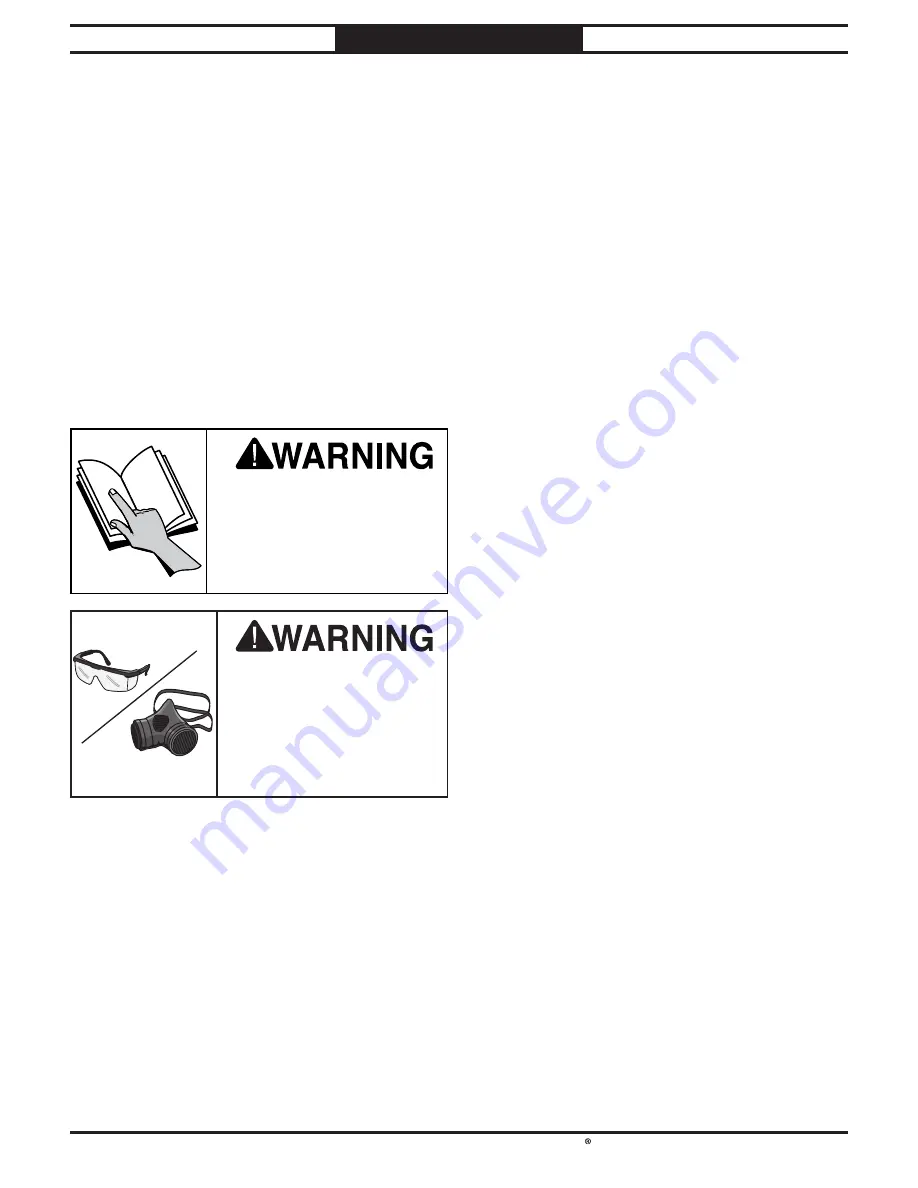
OPERATION
South Bend Tools
For Machines Mfd. Since 11/20
Model SB1099
-31-
O P E R A T I O N
Operation Overview
General Operation
To reduce the risk of
serious injury when using
this machine, read and
understand this entire
manual before beginning
any operations.
The purpose of this overview is to provide
the novice machine operator with a basic
understanding of how the machine is used during
operation, so they can more easily understand
the controls discussed later in this manual.
Note:
Due to the generic nature of this overview,
it is not intended to be an instructional guide
for performing actual machine operations.
To learn more about specific operations and
machining techniques, seek training from people
experienced with this type of machine, and do
additional research outside of this manual by
reading "how-to" books, trade magazines, or
websites.
During operation, small
wood chips and dust may
become airborne, leading
to serious eye injury or
lung damage. Wear safety
glasses and a respirator to
reduce this risk.
To complete a typical operation, the operator
does the following:
1.
Locks dust collector swivel casters.
2.
Closes blast gates to direct vacuum pressure
to desired machine.
3.
Turns woodworking machine ON.
4.
Turns dust collector ON.
5.
Performs woodworking operation.
6.
Turns woodworking machine OFF.
7.
Turns dust collector OFF.
This cyclone dust collector creates a vortex of
incoming air that extracts heavy wood chips
and large dust particles, and then drops them
into the steel drum below, which is lined with a
plastic bag.
The remaining fine dust travels past the impeller
and is then caught by a canister filter and
deposited in the end cap below. The spunbond
polyester filters catch 99.9 percent of particles
2–5 micron in size, and are pleated to provide
maximum surface area for efficient air flow.
To maintain CFM after heavy use, the automatic
filter brush knocks caked-on dust into the
collection bag when the machine is turned OFF.




































